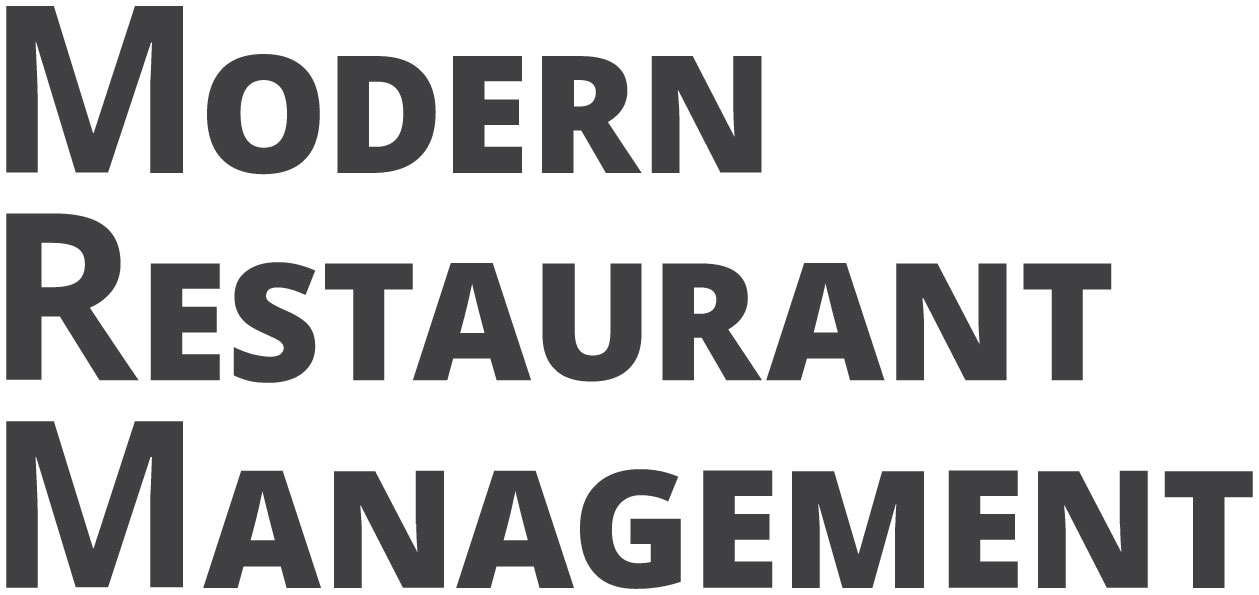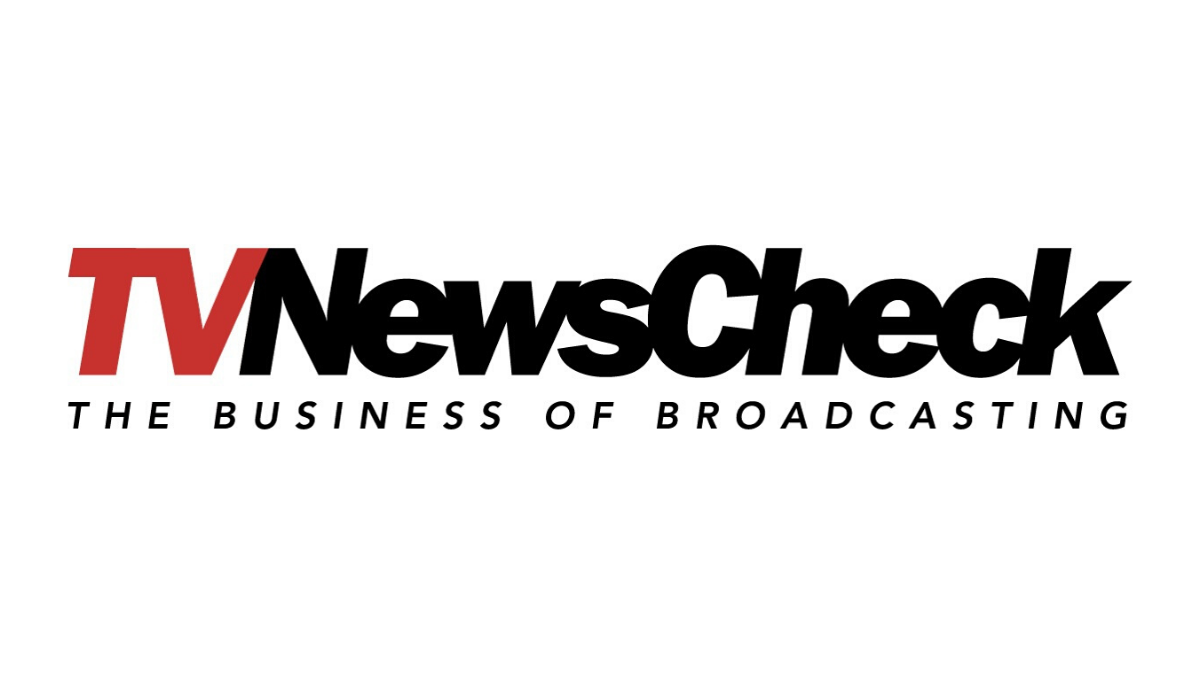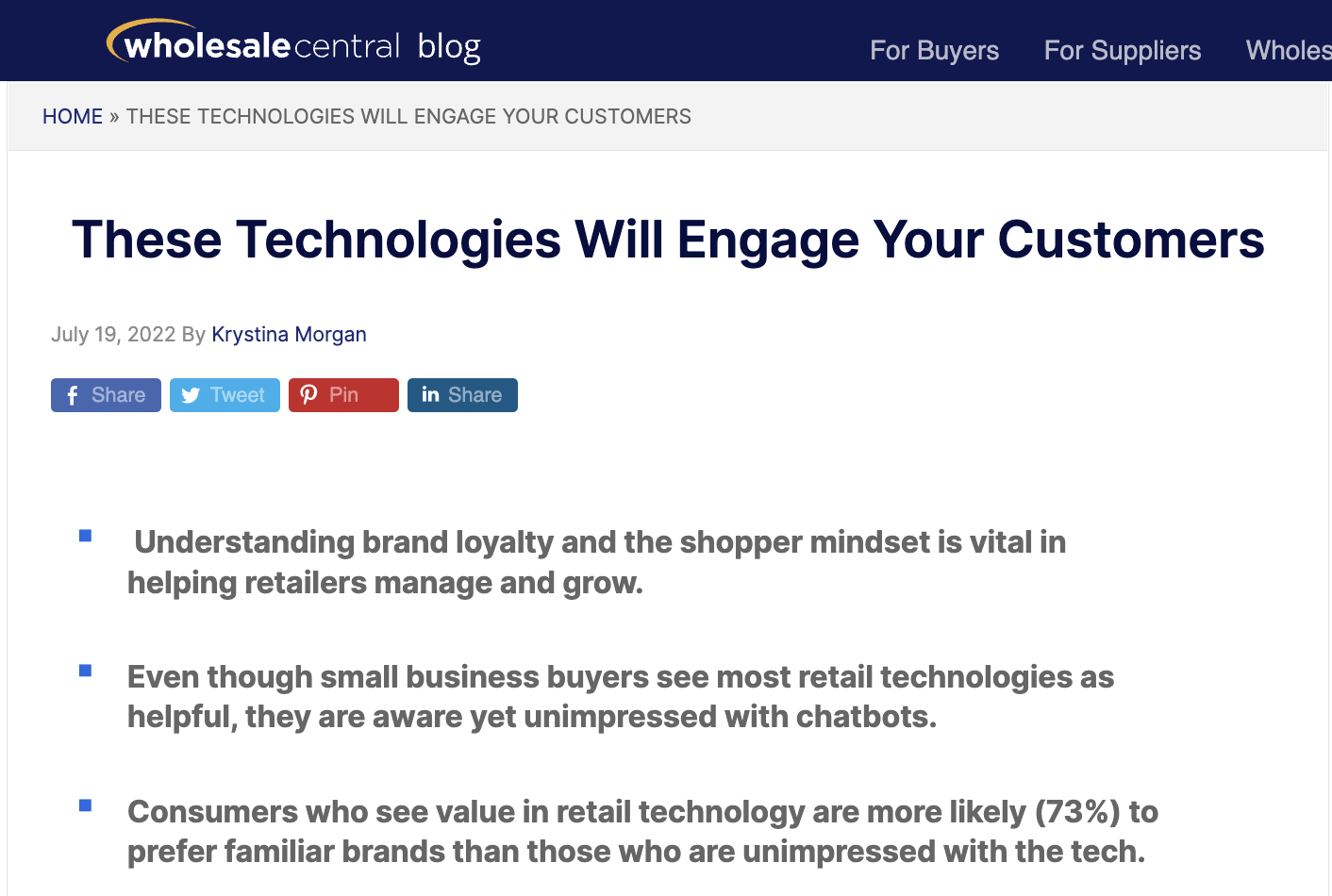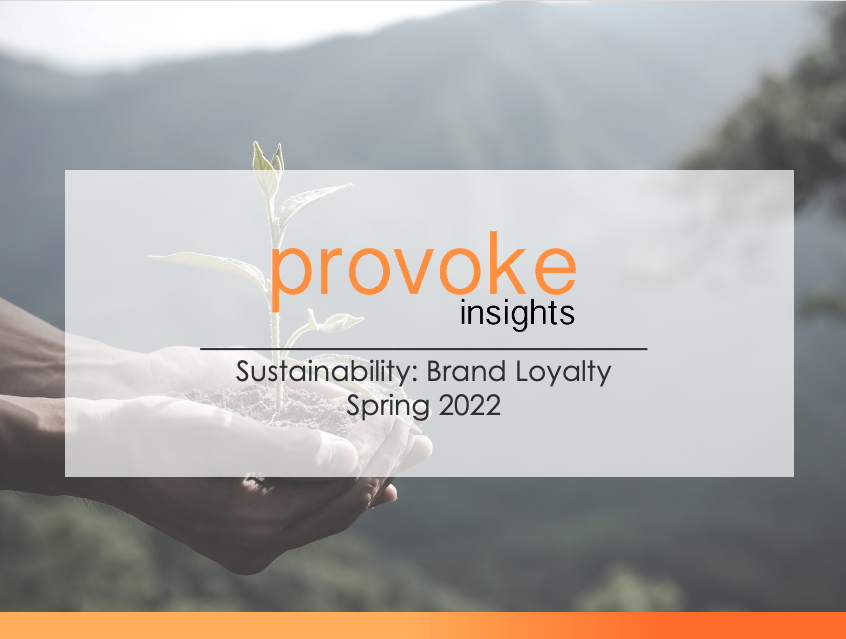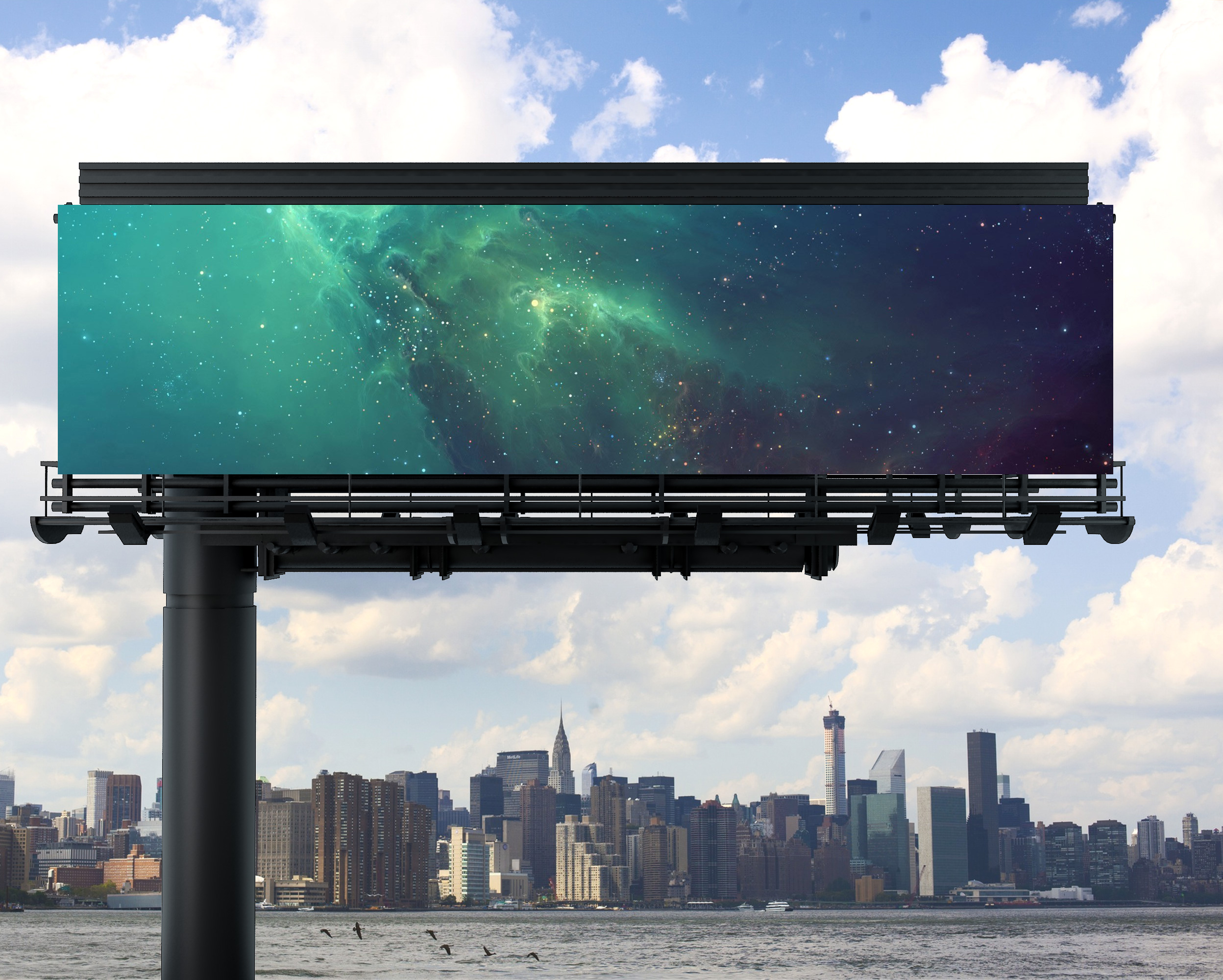Check out predictions for this coming year from Provoke Insights, a full-service market research firm! Our conclusions for 2023 come from industry articles, blogs, government data, and our own observations. As inflation remains present and interest rates continue to rise, companies will need to re-focus their priorities in the next few quarters.
One Research Project Needs to Answer Many Needs
Current economic strains have company earnings below expected projections. Research budgets may not be as robust as they have been in previous years. Research companies will need to think outside the box for creative solutions to make research go further. It will be imperative to tackle two objectives simultaneously and find cost-effective solutions to finding the appropriate sample.
Tech Budgets are Slowing
The technology sector in the last few years has been on fire, especially during the pandemic’s peak. The rapid industry growth resulted in a need for several market research projects. However, that is not the case anymore. The intense need for technology has decreased as more people return in-store, in-office, going out, and traveling. As a result, this sector’s demand for research is not as strong as it has been previously.
New Sectors Take Center Stage
The United States’ commitment to rebuilding infrastructure and reducing the climate crisis has resulted in money funneling into construction and sustainability categories. Both areas will need research help to support the growth areas as expansion occurs. In addition, consumer-facing brands have the opportunity to focus on sustainability goals that may have taken a back seat during the pandemic. Brands will need research to understand the best approach to successfully implement these new initiatives.
The Need for Strategic Insights, Despite Automation
Automation has been a hot topic in the research field for the last few years. It’s been most commonly integrated into more and more market research tools to deliver the data and in helping to interpret the results. As this technology matures, we will see automation becoming more specialized.
However, as more research processes become automated, the need for data to tell a story and provide strategic direction is ever so important. You will need more than just robots to help with the research.
Researchers with strategic experience will be in high demand as they can uncover insight into the data through which AI sifts. Often researchers only create graphs and regurgitate the data. The need for storytellers to provide actionable results that answer business objectives is crucial.
Sampling Experts Needed
The days of “setting and forgetting” a survey in-field are over. Online survey tools allow for wider reach and quick turnarounds. Unfortunately, this opens up opportunities for bots to infiltrate, even if the survey software offers safeguards. Although many marketers may want to bring their research in-house as budgets are cut, many won’t have the bandwidth to implement the necessary quality checks while the survey is live. Research companies carefully comb through every respondent that comes in to ensure they qualify, answer questions thoughtfully, and do not rush through. These extra eyes on your survey will ensure you get accurate insights and actionable results.

